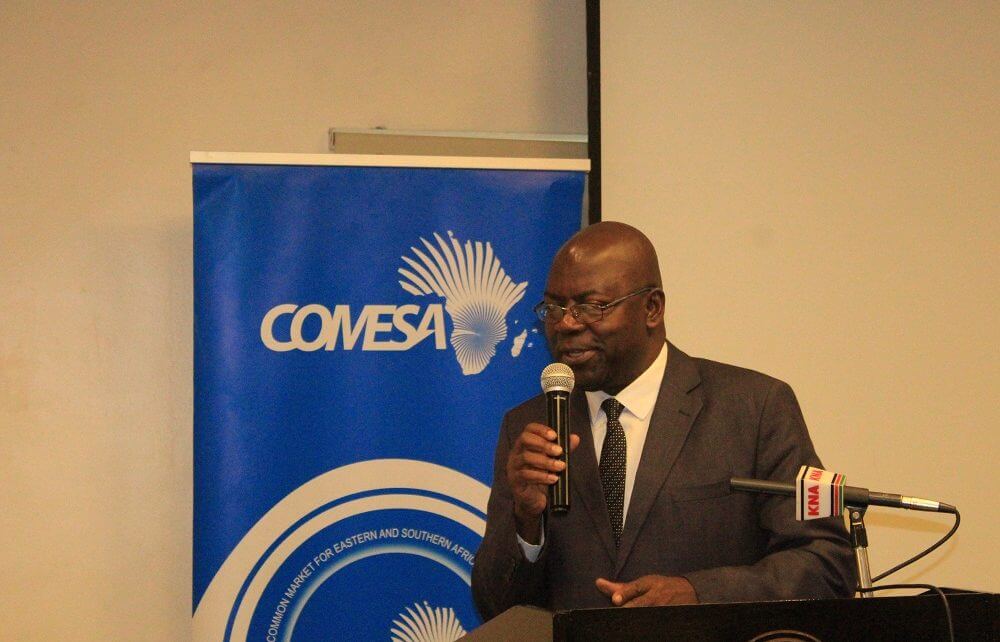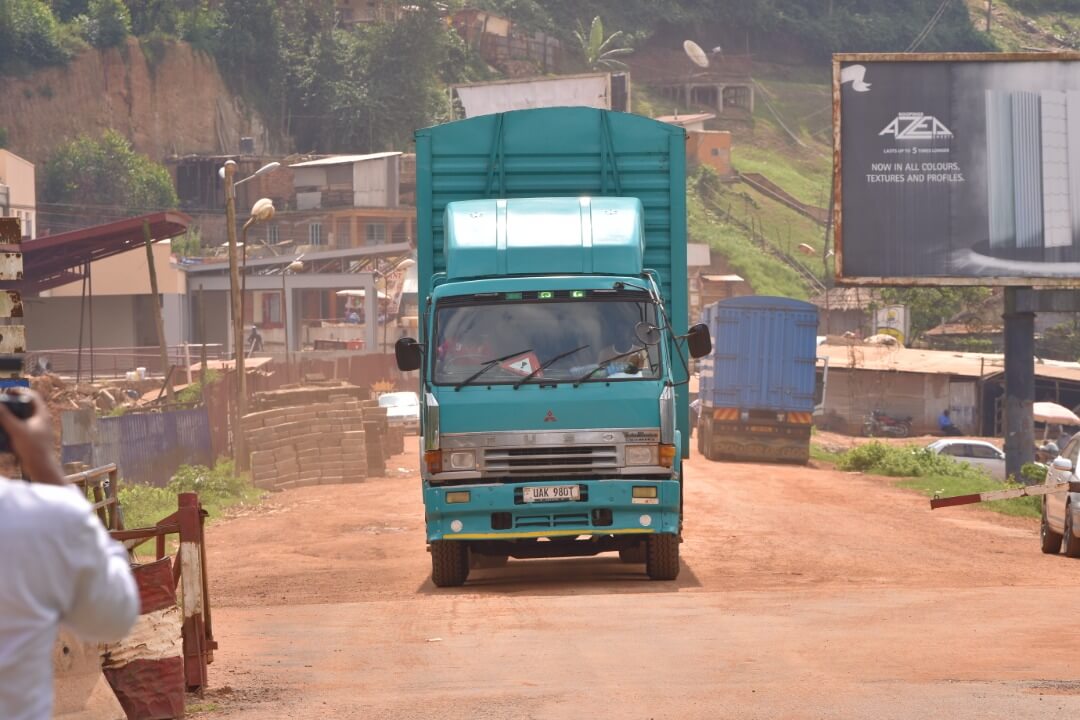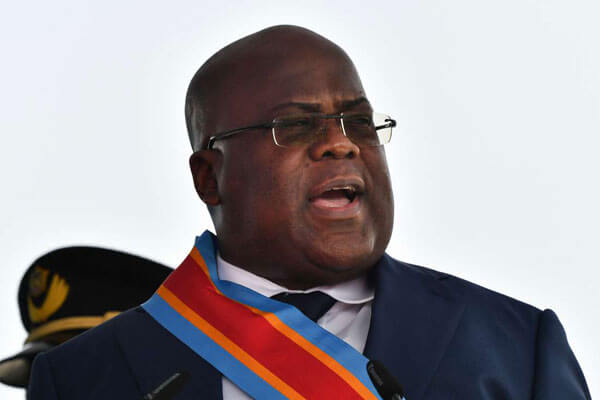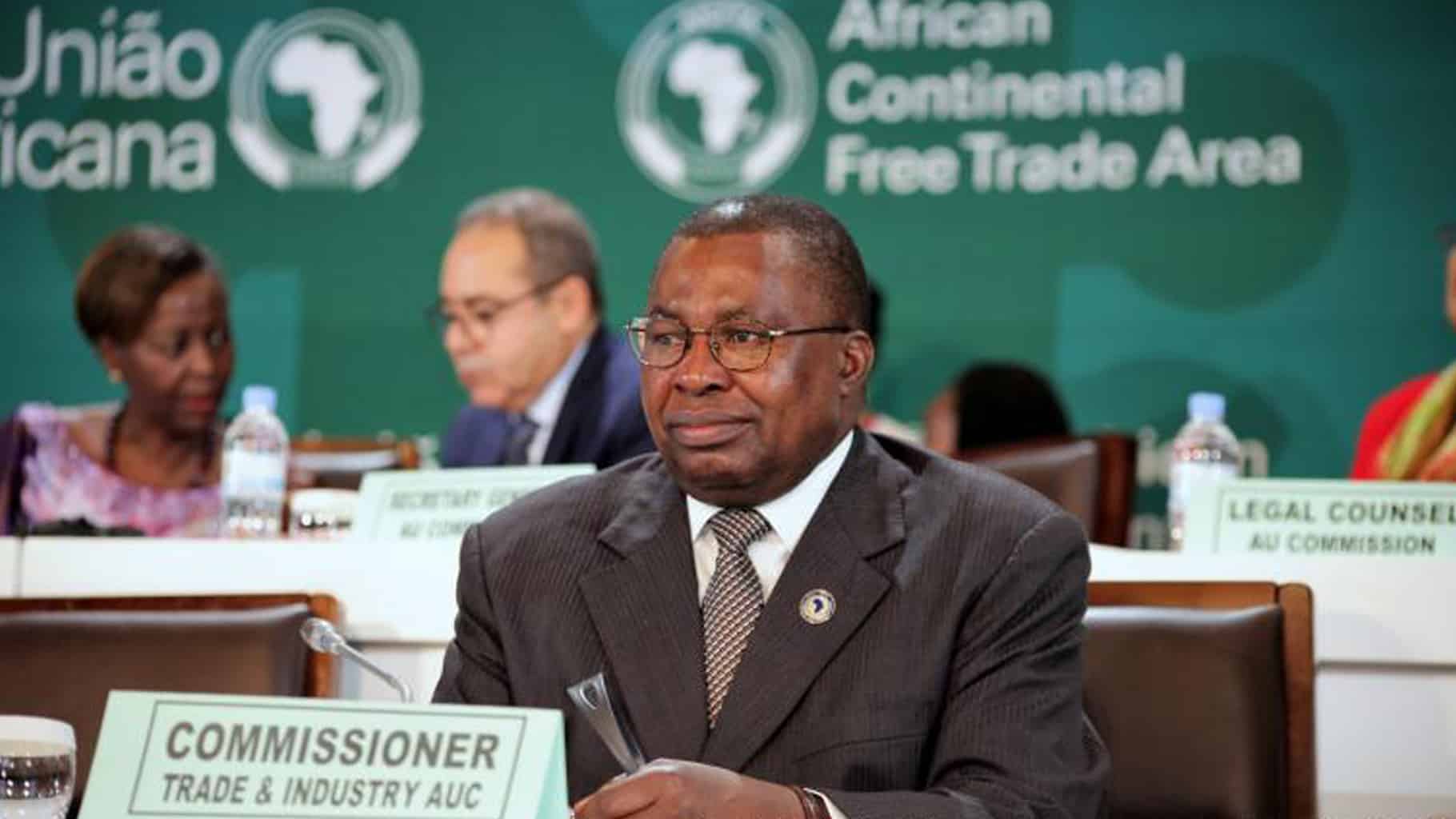Addis Ababa, 24 June 2019 (ECA) -The operationalisation of the African Continental Free Trade Area (AfCFTA) and its implications for the Horn of Africa, particularly in terms of industrialization, economic diversification and job creation, will be the focus of a Regional Trade Forum on 27-28 June in Addis Ababa. The Forum aims to provide a unique platform for all stakeholders, from policy makers to private sector actors, academics and civil society organisations, to explore the extent to which the AfCFTA can be a game changer in the Horn and help address its specific trade and competitiveness challenges. Participants are expected to come up with recommendations on how to use the AfCFTA as a policy tool to create positive change and impact in the sub-region as well as advancing gender equality and women’s economic empowerment. specific and concrete transboundary issues, such as interconnected power grids, shipping, transport related logistics corridors, and mining and development projects. The Regional Trade Forum is co-organized by the Economic Commission for Africa (ECA) with the African Union Commission and the Government of Ethiopia, in partnership with the IGAD Secretariat, Afreximbank, TradeMark Africa and the Ethiopian Airlines Group. Under the general theme of “AfCFTA Ratification and Implementation: Breaking Down Geographical, Logistical and Regulatory Barriers to Trade and Investment in the Horn to Boost Industrialisation – A Focus on the Pharmaceutical Industry”, the forum will include plenaries and roundtables organized around nine topics: The AfCFTA: Boosting Competitiveness and Job Creation in the Horn of Africa – pharmaceuticals as...
Implementing the AfCFTA: ECA co-hosts Horn of Africa Regional Trade Forum in Addis Ababa
Posted on: June 28, 2019
Posted on: June 28, 2019






















